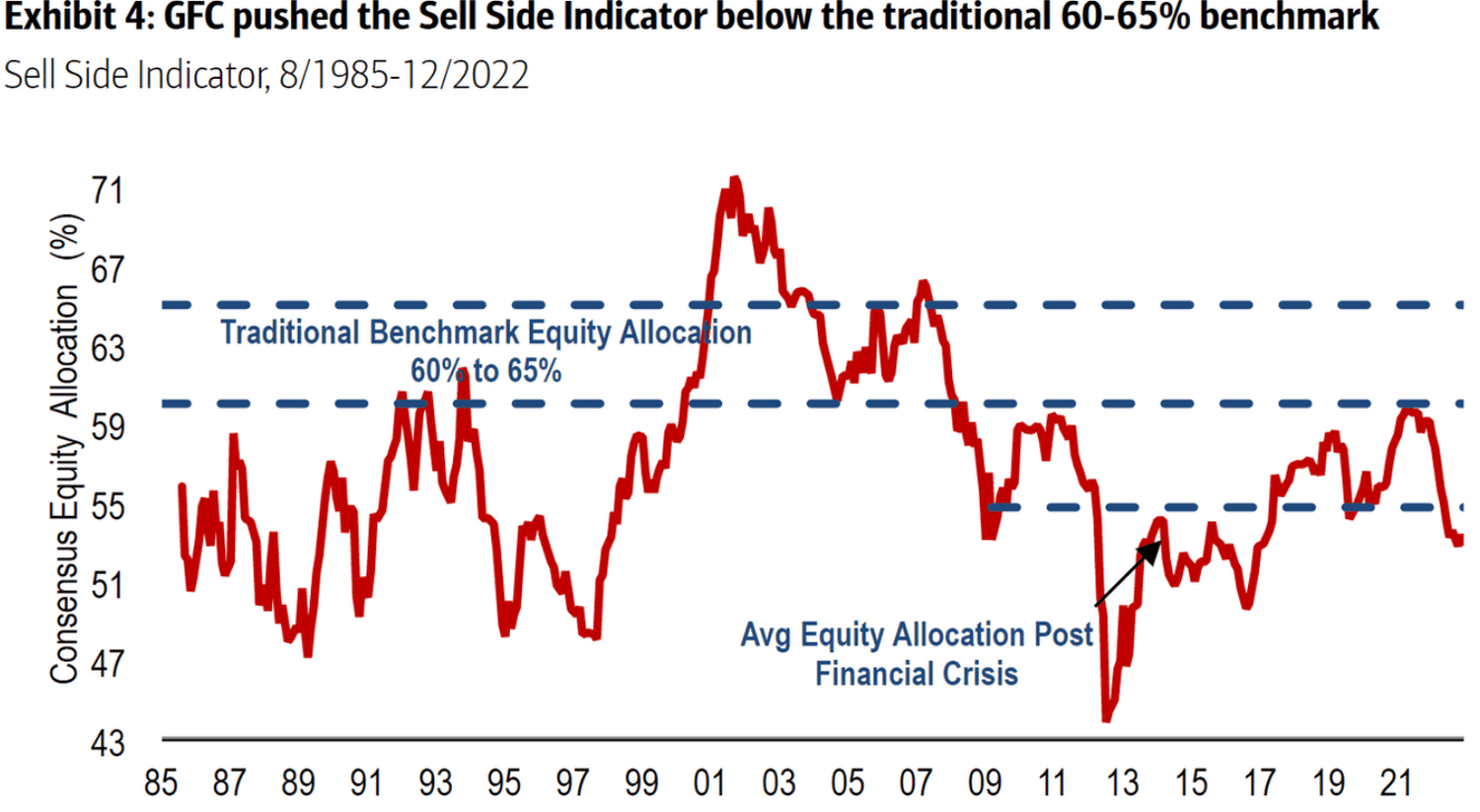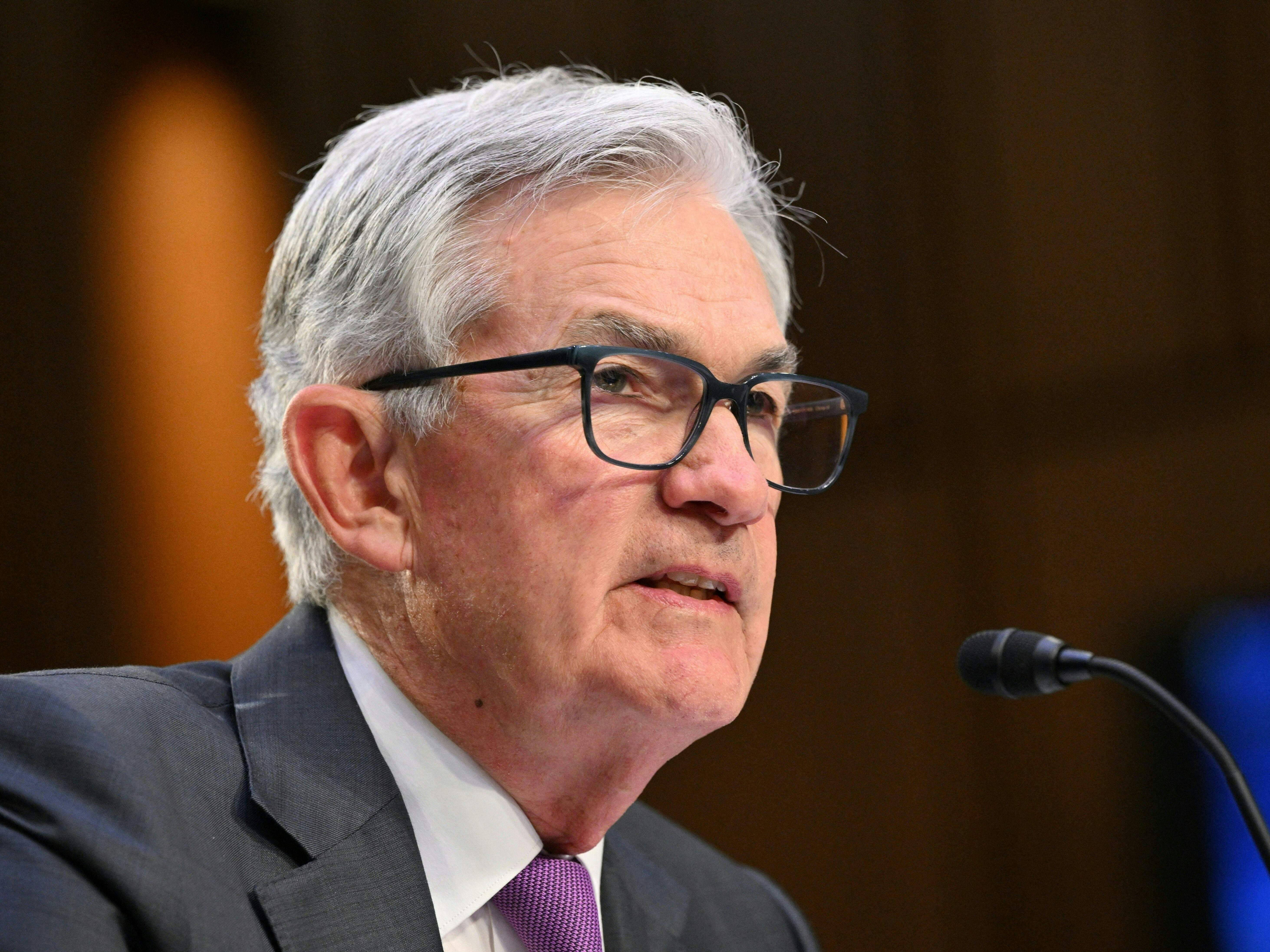The Trump Administration And The Fight Over Europe's AI Rulebook

Table of Contents
Differing Approaches to AI Governance
The Trump administration and the European Union held fundamentally different philosophies regarding the appropriate level and style of AI governance. This divergence in approach created significant friction and shaped the development of the EU's AI Act.
The Trump Administration's Deregulatory Stance
The Trump administration championed a largely deregulatory stance towards the tech sector, including AI. This approach was rooted in the belief that minimal government intervention fosters innovation and economic growth.
- Limited Government Intervention: The administration prioritized a "light touch" regulatory approach, believing that excessive rules stifle competition and hinder technological advancement.
- Focus on Innovation: The emphasis was on creating an environment conducive to rapid technological development, even if it meant accepting some risks associated with unregulated AI applications.
- Concerns about Economic Growth: The administration argued that stringent regulations could drive innovation and investment outside the US, harming American competitiveness in the global AI market.
- Examples: This philosophy manifested in reduced emphasis on data privacy regulations, opposition to international cooperation on establishing tech standards, and a general reluctance to engage in multilateral initiatives concerning AI governance.
Europe's Proactive Regulatory Framework
In stark contrast, the European Union adopted a proactive and risk-based approach to AI regulation, aiming to establish ethical and trustworthy AI systems.
- Ethical and Trustworthy AI: The EU prioritized the development of AI systems that respect fundamental rights, ensure fairness, and are transparent and accountable.
- Risk-Based Approach: The EU's AI Act focuses on high-risk AI applications, such as those used in healthcare, law enforcement, and critical infrastructure, implementing stricter regulatory requirements for these systems.
- Emphasis on Data Protection: The General Data Protection Regulation (GDPR), along with the upcoming AI Act, underscores the EU's commitment to strong data protection and individual rights, a cornerstone of their approach to AI governance.
- Digital Sovereignty: A key driver for the EU’s regulatory framework is the desire to achieve "digital sovereignty," maintaining control over its digital infrastructure and data, and shaping the development of AI within its own borders.
Transatlantic Tensions over Data Privacy and Cross-Border Data Flows
The differing approaches to AI governance led to significant tensions between the US and the EU, particularly concerning data privacy and cross-border data flows.
The Clash of Privacy Standards
The EU's GDPR established a high bar for data protection, contrasting sharply with the US's more fragmented and sector-specific approach.
- GDPR vs. US Approach: The GDPR's comprehensive and stringent requirements for data processing, consent, and data security differ significantly from the US's patchwork of federal and state laws.
- Data Transfer Concerns: The EU expressed concerns about transferring data to the US, citing perceived inadequacies in US data protection mechanisms and the potential for surveillance.
- Impact on AI Collaboration: These differences hindered transatlantic data flows and collaborations in AI research and development, impacting the ability of researchers and companies to share data and collaborate effectively.
Impact on International Cooperation
The diverging viewpoints on data privacy and AI governance created obstacles to establishing common standards and frameworks.
- Difficulties in Establishing Common Standards: The lack of harmonized regulations hampered the development of shared approaches to AI safety and ethical considerations.
- Tensions Hindering Collaboration: The differing regulatory environments limited joint efforts in areas such as AI safety research, development of ethical guidelines, and the establishment of international AI norms.
- Implications for Future Cooperation: The tensions created by these differences cast a shadow over future transatlantic cooperation on global AI regulation.
The Legacy of the Trump Administration on Europe's AI Rulebook
The Trump administration's policies left a lasting mark on the development and trajectory of Europe's AI rulebook and the broader global AI regulatory landscape.
Long-term Effects on the EU's Regulatory Strategy
The Trump administration's deregulatory stance arguably indirectly accelerated the EU's push for its own robust AI regulations.
- Accelerated EU Action?: The perceived lack of strong AI governance in the US may have spurred the EU to solidify its own regulatory framework more quickly.
- Digital Sovereignty Reinforced: The transatlantic differences underscored the importance of the EU's pursuit of digital sovereignty and its need for an independent regulatory framework.
- Lasting Impact on Transatlantic Relations: The disagreements created a lingering sense of mistrust and complicated future collaborations in the tech sector.
Influence on the Global AI Regulatory Landscape
The US stance under the Trump administration influenced the approaches taken by other countries, contributing to a more fragmented global AI regulatory landscape.
- Influence on Other Countries: The US's relatively hands-off approach may have emboldened other nations to adopt less stringent regulations.
- Impact on Global Governance: The absence of a unified global approach to AI regulation increases the risk of inconsistencies and potential conflicts across different jurisdictions.
- Future Convergence or Divergence?: The future will depend on the willingness of nations to find common ground on key issues such as data privacy, algorithmic transparency, and AI safety.
Conclusion
The Trump administration's stance on AI regulation created significant tensions with Europe's more proactive approach, highlighting fundamental differences in philosophies on data privacy, technological innovation, and the role of government. This clash impacted transatlantic relations and significantly influenced the trajectory of the EU's ambitious AI rulebook. The legacy of these differences continues to shape the global landscape of AI governance.
Call to Action: Understanding the Trump administration's impact on Europe's AI rulebook is crucial for navigating the complex challenges and opportunities presented by artificial intelligence. Further research and analysis of the Trump administration's influence on Europe's AI regulations are needed to better inform policy decisions and promote responsible AI development. Continued study of the interplay between national AI strategies and the development of effective global AI governance is paramount.

Featured Posts
-
 Ai Driven Podcast Generation Transforming Repetitive Documents Into Informative Poop Content
Apr 26, 2025
Ai Driven Podcast Generation Transforming Repetitive Documents Into Informative Poop Content
Apr 26, 2025 -
 Should Investors Be Concerned About Current Stock Market Valuations Bof A Weighs In
Apr 26, 2025
Should Investors Be Concerned About Current Stock Market Valuations Bof A Weighs In
Apr 26, 2025 -
 High Stock Market Valuations Why Bof A Thinks Investors Shouldnt Panic
Apr 26, 2025
High Stock Market Valuations Why Bof A Thinks Investors Shouldnt Panic
Apr 26, 2025 -
 Trumps Skepticism Towards Ukraines Nato Accession An Overview
Apr 26, 2025
Trumps Skepticism Towards Ukraines Nato Accession An Overview
Apr 26, 2025 -
 Trumps Legacy A Herculean Task For The Next Federal Reserve Chair
Apr 26, 2025
Trumps Legacy A Herculean Task For The Next Federal Reserve Chair
Apr 26, 2025
